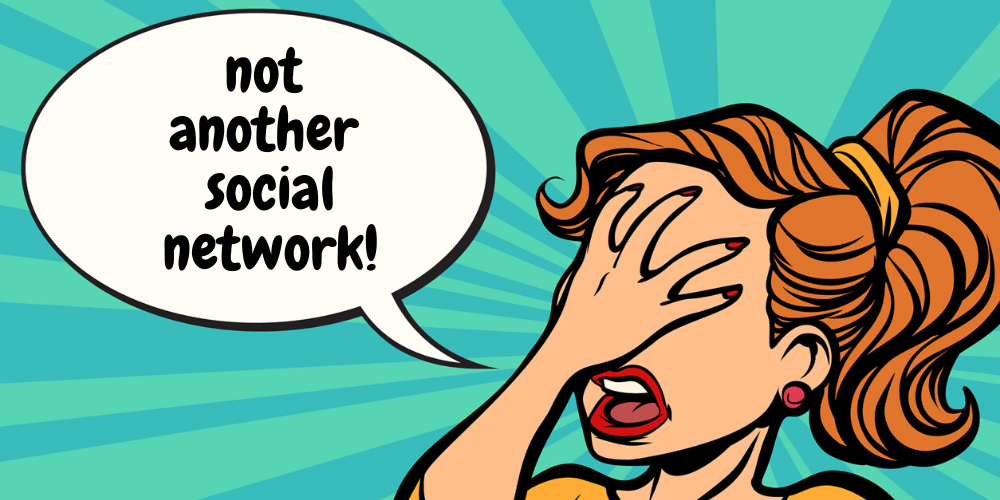
by Lynn Lipinski | Jan 21, 2020 | Essays and Features, Personal, PR, Unsolicited advice
Just like that, 2020 is underway. Writers and content strategists like me have cycled through our year-end round-ups and predictions for the new year. My crystal ball is pretty hazy these days, but my hindsight vision scores a perfect 20/20 (haha). The new year marks...
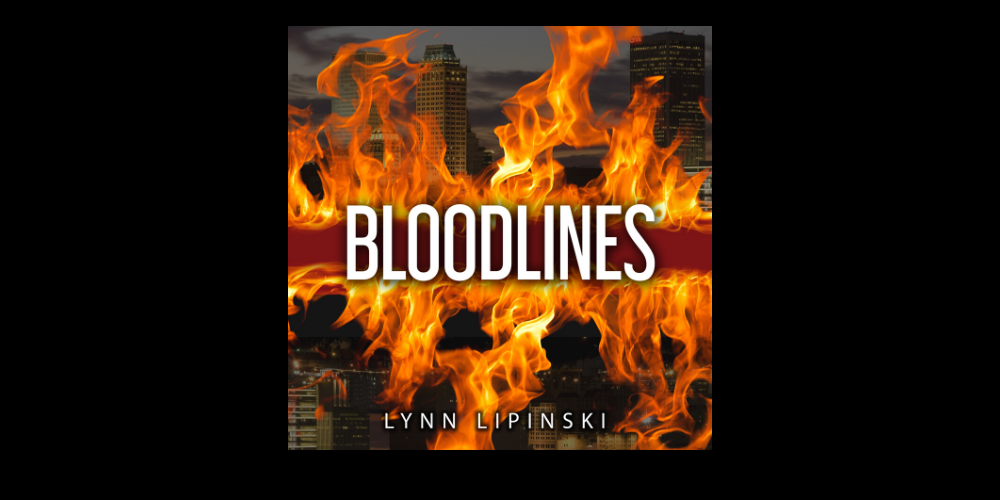
by Lynn Lipinski | Dec 31, 2018 | Fiction, Oklahoma, Personal, Writing
The bones of the Bloodlines story rattled around in my head for nearly a decade. The main character, Zane Clearwater, was an intruder into my original story. He had a minor role as a love interest to another character. But as I wrote and rewrote the story and worked...
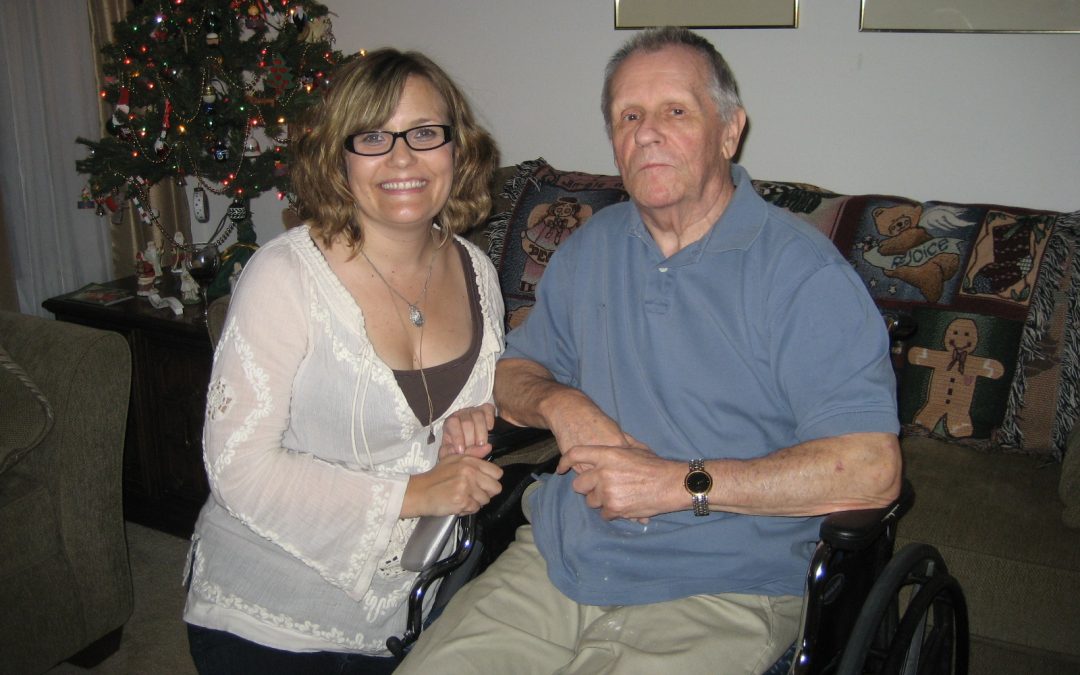
by Lynn Lipinski | Dec 13, 2017 | Dad, Essays and Features, Personal
I spent the two last years of my dad’s life traveling the globe for a job, a lucky perk with terrible timing. My world expanded as Parkinson’s disease shrunk Dad’s world to a hospital bed and the cracks in the ceiling. I’ve learned this lesson again and...
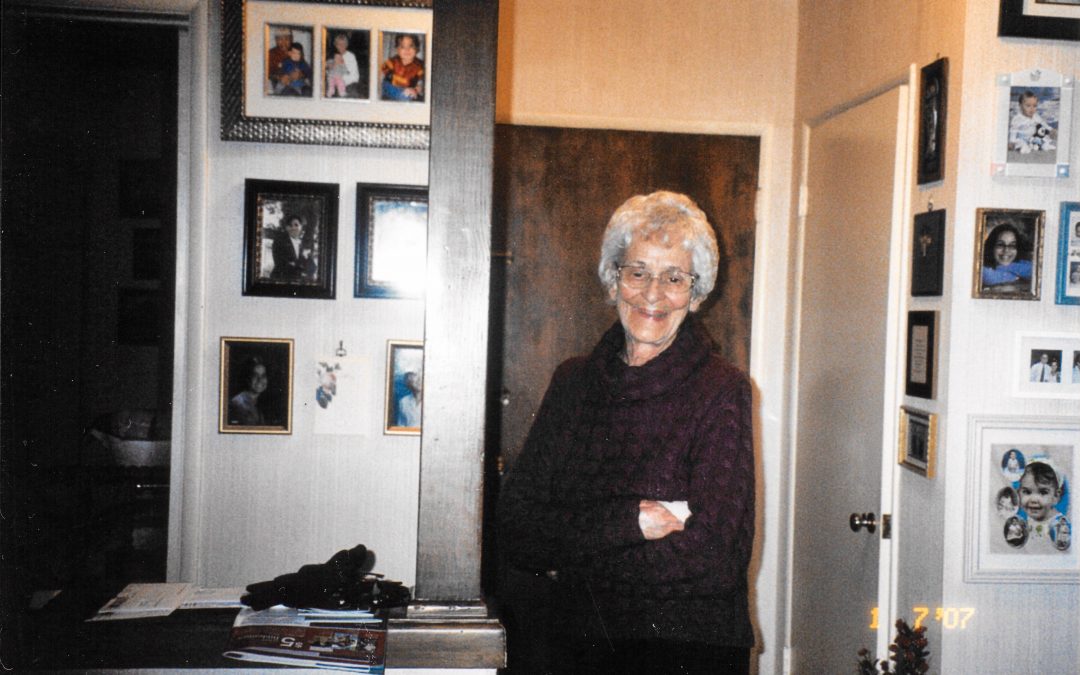
by Lynn Lipinski | Dec 30, 2016 | Personal, Profiles
Steve’s mother, Margaret Arakawa, died on December 26, 2016 of natural causes at home and surrounded by family in Arleta, Calif. She was 92. Feisty and faithful, Margaret worked hard to gain her mobility and voice back after a serious stroke in January 2015. We...
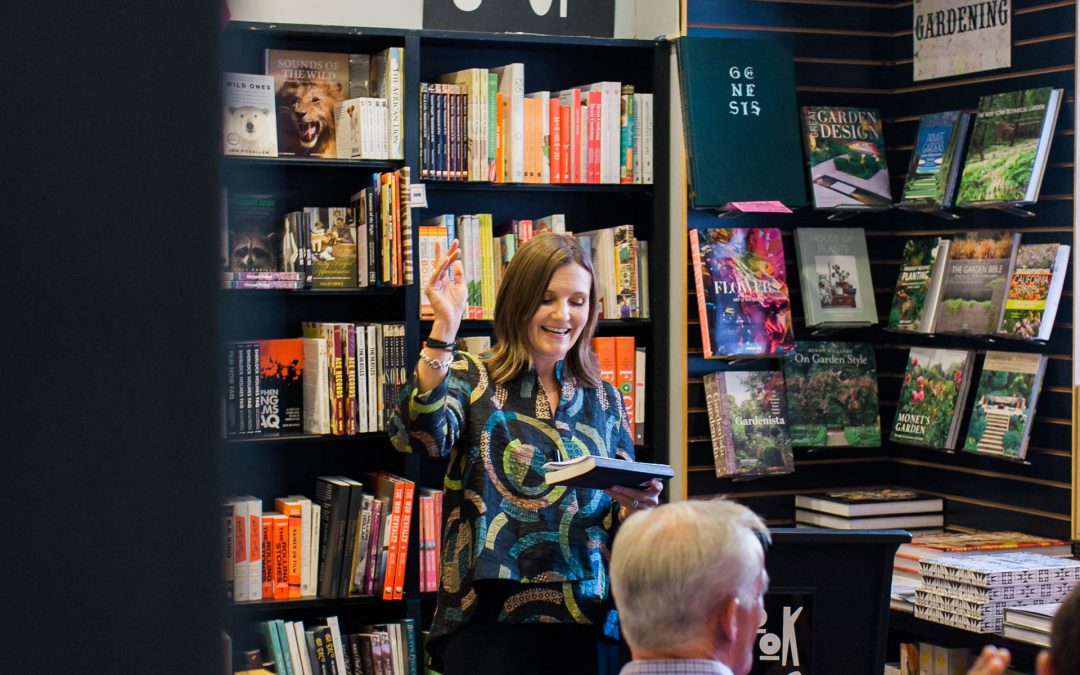
by Lynn Lipinski | Oct 25, 2016 | Fiction, Personal, Writing
My book signing Saturday at Book Soup in West Hollywood drew a great crowd of friends and fans. What a treat it was to be on such hallowed ground on the Sunset Strip, appearing just days after Beach Boys founder Brian Wilson and a few days before Girls’ creator...

by Lynn Lipinski | Sep 30, 2016 | Essays and Features, Personal
The roaches have discovered my secret. They’ve invaded my unit’s kitchen cabinets and made little roach tracks through the dusty wasteland of cut crystal vases, a KitchenAid stand-up mixer, bread plates, a stainless steel seltzer bottle and a carved wood...







